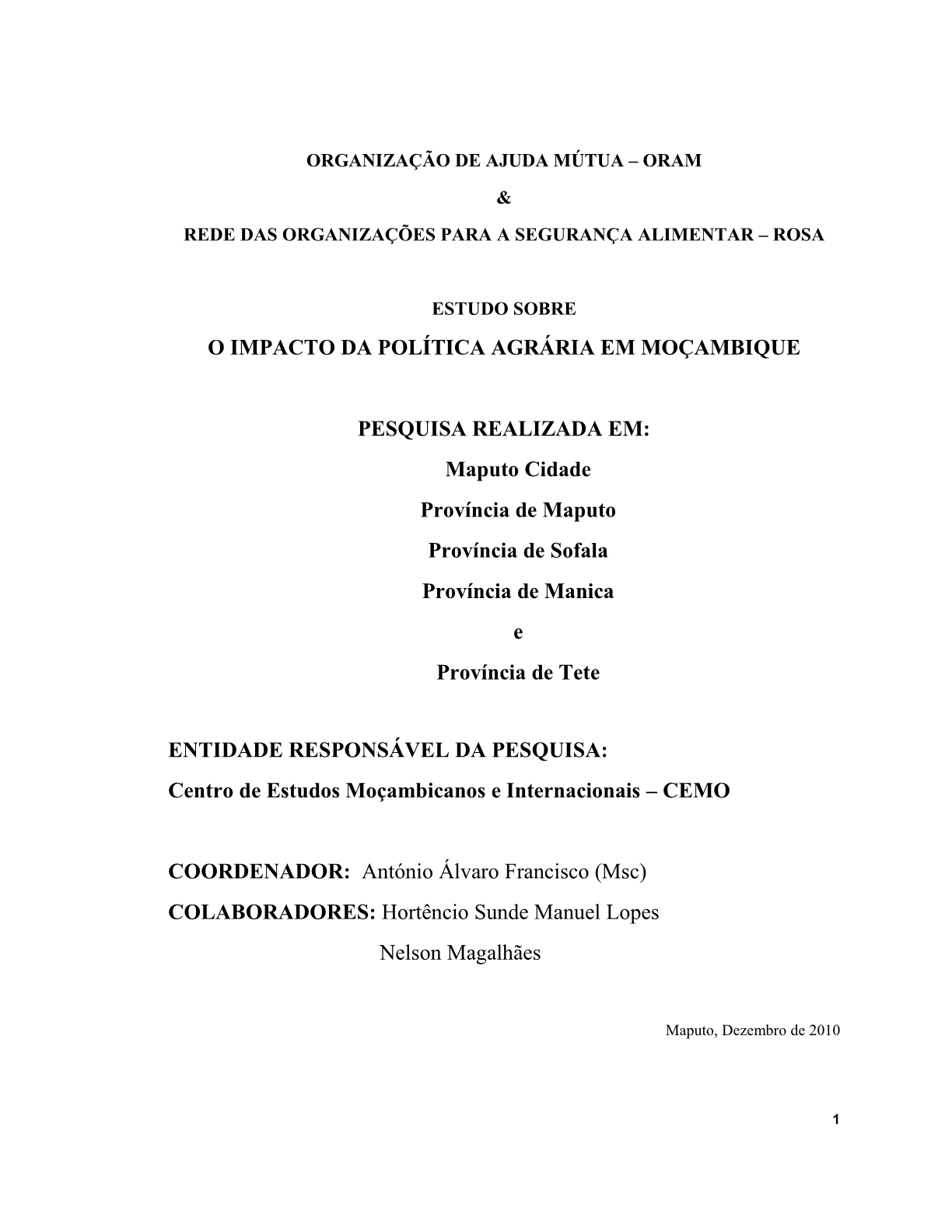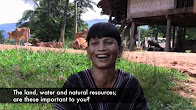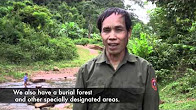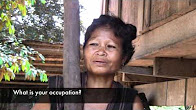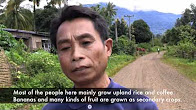O impacto da política agrária em Moçambique
Moçambique localiza-se na costa sudueste de África, com uma área de cerca de 799.380 Km1 e uma linha costeira de cerca de 2.515 Km ao longo do Oceano Índico, constituindo um espaço vital tanto para o país assim como para os países vizinhos situados no interior que só têm acesso às vias oceânicas através dos portos moçambicanos. Em termos de fronteiras, o país faz limite, a Norte, com a República Unida da Tazânia, a Oeste com o Malawi, Zâmbia, Zimbabwe, Suazilândia e República da Àfrica do Sul; a Sul, faz divisa com a Àfrica do Sul, países com os quais partilha cerca de 4.330Km.

